Anthony Tan, co-founder and CEO of Grab, has transformed Southeast Asia’s ride-hailing industry and built a multi-faceted “super app.” What started as a small venture with $25,000 seed money has grown into a Nasdaq-listed company, deeply woven into the daily lives of millions. With over 35 million users and providing income opportunities to 13 million drivers and merchants, Grab is more than just a business—it’s a revolution. Let’s delve into the journey of this impactful entrepreneur, from his family roots to redefining how Southeast Asia works and moves.

Anthony Tan’s Early Life: A Bull in a China Shop
Born into one of Malaysia’s wealthiest families, Anthony grew up in a disciplined and high-energy environment.
“My parents would have described me as a bull in a China shop type. I tried pushing the boundaries a lot,” Anthony recalls.
His grandfather founded Tan Chong Motor, one of Malaysia’s largest automobile distributors. Despite this privileged background, Anthony’s upbringing was anything but indulgent. His parents instilled the value of hard work and a relentless drive to exceed expectations.

“You can sleep all you want when you’re dead,” his father often reminded him.
The Spark: Harvard Business School and Meeting His Co-Founder
In 2009, Anthony began studying at Harvard Business School (HBS), where he met his future co-founder, Tan Hooi Ling. Their collaboration was built on shared values and a drive to solve real-world problems in Southeast Asia.
“She strategically positioned herself beside me to peek at my work,” Anthony joked about their partnership.

Their entrepreneurial journey started with a conversation about the inefficiencies and safety concerns of Malaysia’s taxi system. They saw an opportunity to create societal, environmental, and economic benefits—a triple win.
This idea later evolved into Grab, starting with the goal of improving safety for women and children.
The Seed Money That Planted the Future
During their second year at HBS, Anthony and Ling pitched their business plan at the HBS New Venture Competition. The judges admired their vision but pointed out a critical flaw:
“Malaysia is just too small,” they said, “Think bigger.”

Despite finishing as runners-up, they won $25,000 in seed money—enough to get started. However, Anthony’s family was less enthusiastic.
“My dad told me, ‘It won’t work. Don’t disturb me about this anymore,’” Anthony recalls.

His mother, though skeptical, provided additional seed money, allowing Anthony to pour his savings into the venture. And so, in 2012, MyTeksi was born.
From ‘MyTeksi’ to Grab: Humble Beginnings
Their vision quickly expanded from solving Malaysia’s taxi problems to addressing Southeast Asia’s transportation challenges.
Grab’s early days were anything but glamorous.
“The OG office was literally in the driver’s room. Poor ventilation, and we had to tether mobile phones for WiFi,” Anthony shared.
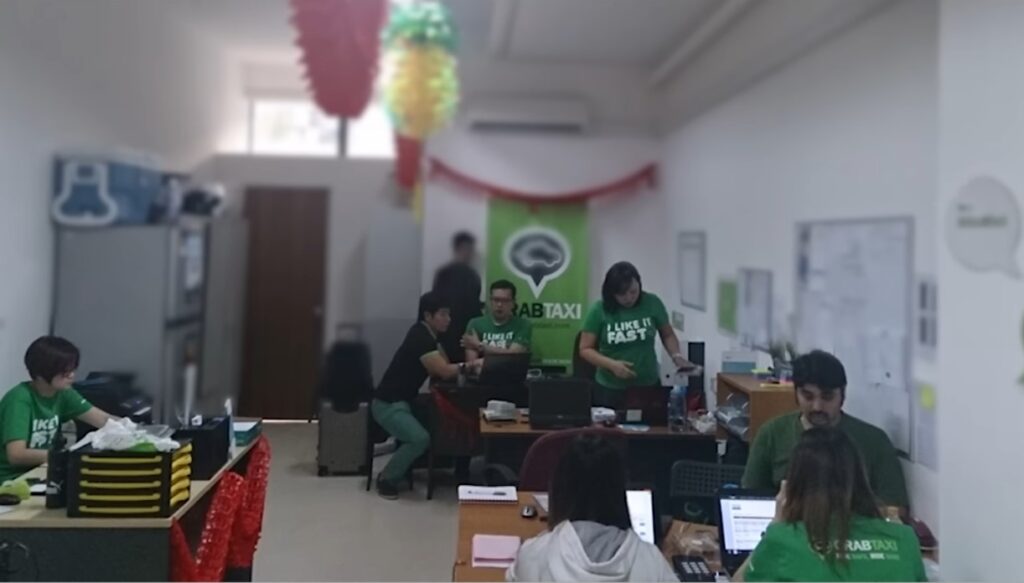
To overcome financial barriers, they partnered with a major Korean phone company to provide phones for their drivers through micro-financing.
“There were times we nearly ran out of funding,” Anthony admitted.
Challenges and Triumphs: Leaving the Family Business
Anthony faced significant resistance when he left his family business to pursue Grab. His decision strained his relationship with his father, who disapproved of the venture.
“My dad disowned me,” Anthony said. “It was hard being taught all your life that you’re going to help the family, only to hear, ‘You don’t deserve the family name.’”
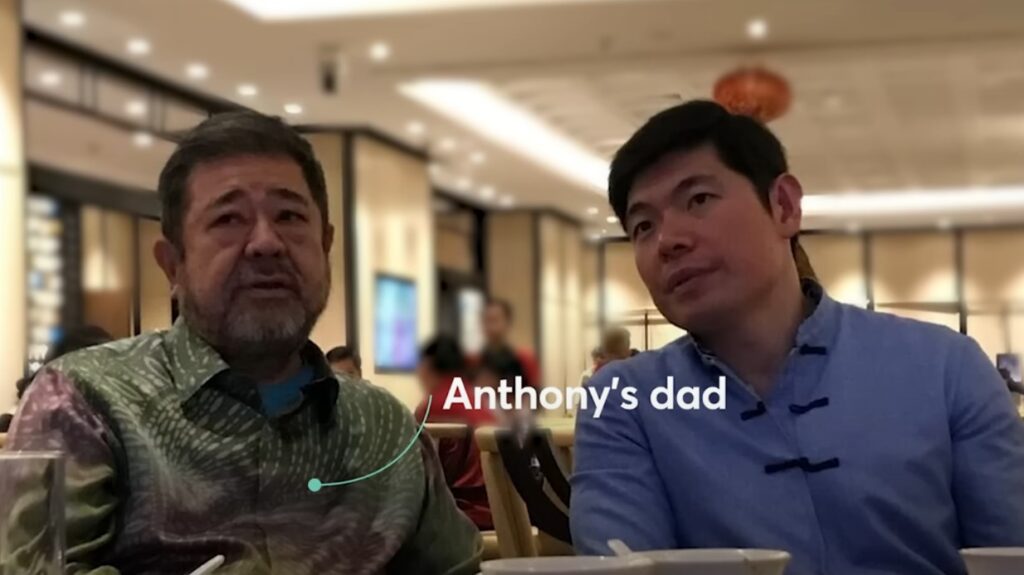
Despite the emotional toll, Anthony turned this adversity into motivation.
“It helped me realize I had no other option but to make it work,” he reflected.
Scaling Grab: From a Start-Up to a Unicorn
In 2013, Grab secured its first institutional investment of $2.15 million from Vertex Ventures. By 2016, Grab had rebranded and achieved unicorn status—a startup valued at over $1 billion.
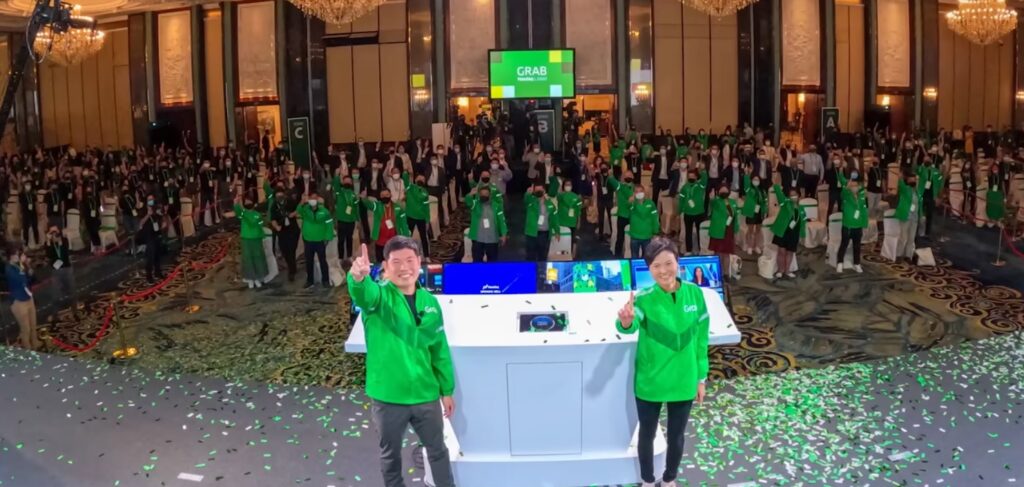
Their success didn’t come without hurdles. In markets like Vietnam, Grab struggled to recruit drivers. Anthony and his team got creative:
“We sponsored coffee canisters at gas stations and pitched to taxi drivers at 4 a.m.,” he revealed.

This hands-on approach helped Grab gain the trust of drivers and build lasting relationships.
The Battle with Uber: Outmaneuvering a Giant
Grab faced intense competition from global ride-hailing giant Uber. But instead of being intimidated, Anthony saw the rivalry as an opportunity.
“Iron sharpens iron. You guys pushed us real hard, and we pushed back real hard,” he told Uber’s CEO.
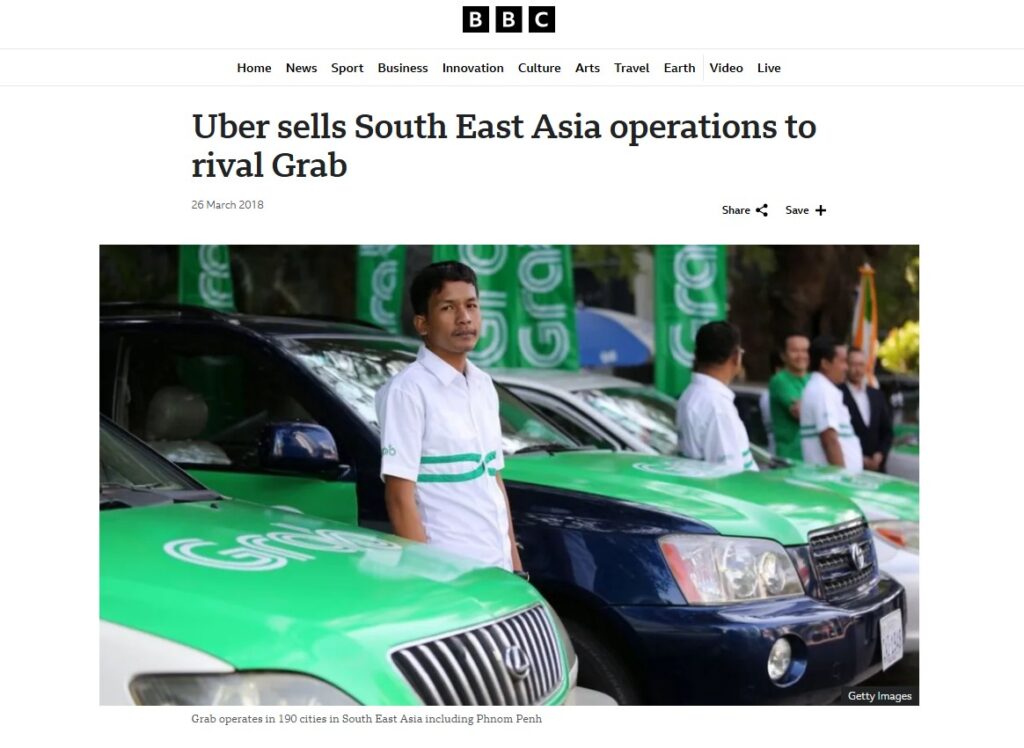
In 2018, Grab acquired Uber’s Southeast Asia business, solidifying its dominance in the region. The deal also brought Uber’s CEO to Grab’s board of directors.
“When the deal closed, many of us fell to our knees. It was a surreal moment,” Anthony recounted.
The Super App Evolution: Beyond Ride-Hailing

Grab didn’t stop at ride-hailing. Over the years, the company has expanded into food delivery (GrabFood), digital payments (GrabPay), and grocery services (GrabMart). These innovations came from a deep understanding of their users’ needs.

“Drivers during off-peak hours had less work. GrabFood was perfect to fill that gap,” Anthony explained.
During the pandemic, Grab pivoted to address urgent demands, such as delivering groceries, further embedding itself into the daily lives of Southeast Asians.
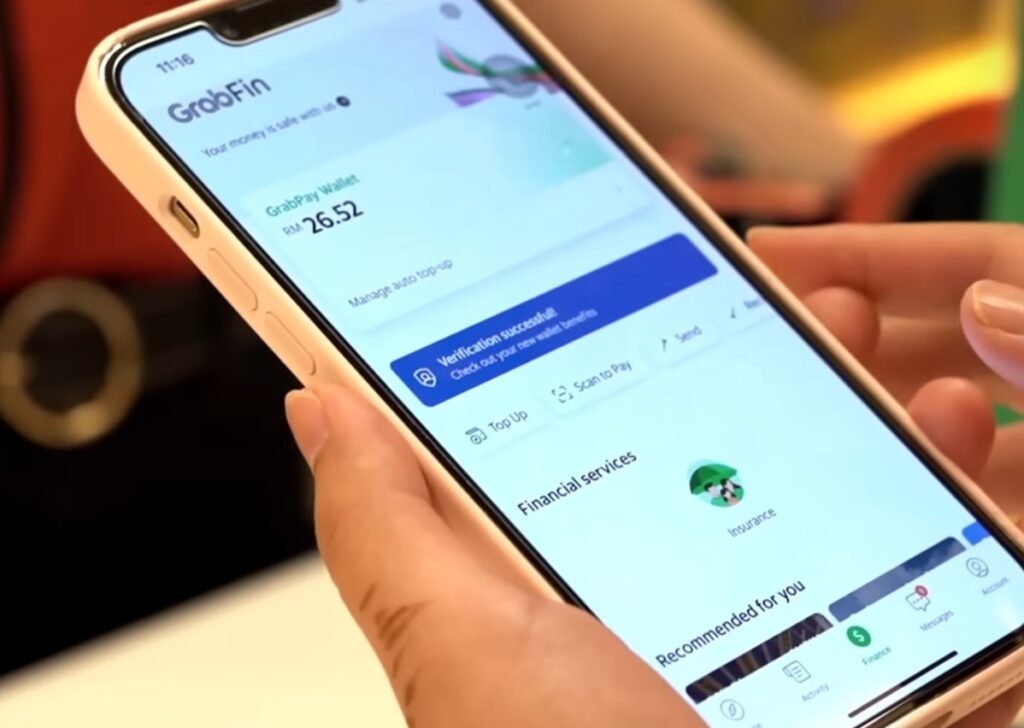
IPO and Beyond: A Nasdaq-Listed Company
In December 2021, Grab went public in the US through the world’s largest SPAC deal at the time. Reflecting on the journey, Anthony said:
“None of us anticipated Grab would grow this big. We were happy to be a 100 million ringgit company.”
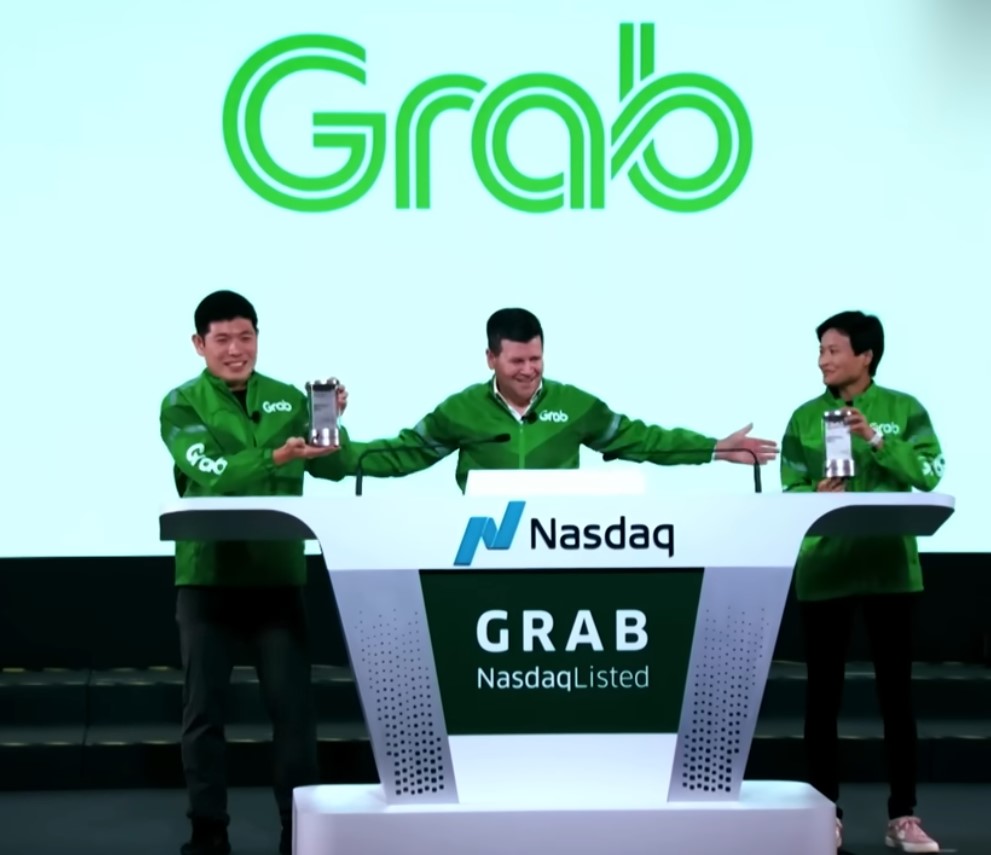
Today, Grab is valued in the billions and continues to innovate. In 2024, the company plans to launch an AI-driven voice assistant to enhance accessibility for visually impaired users.
The Road Ahead
From its humble beginnings to becoming a Nasdaq-listed super app, Grab’s journey exemplifies the power of vision, innovation, and grit. Anthony Tan’s story is a testament to the impact one can have by combining purpose with passion.
“Be clear: it has to be your life calling,” Anthony advises aspiring entrepreneurs. “If it’s not, don’t do it. It’s that hard.”
As Grab ventures into the future, embracing AI and expanding its ecosystem, it continues to redefine what’s possible in Southeast Asia’s digital economy.

Lessons for Aspiring Entrepreneurs
Anthony Tan’s journey with Grab is a masterclass in entrepreneurship. Here are actionable, specific lessons that new entrepreneurs can implement:
Start with a Local Pain Point and Expand Gradually
Grab began by addressing Malaysia’s unsafe taxi services, focusing on a problem Anthony and his team personally understood. When launching your business, identify a hyper-local problem where your insights give you an edge, then scale regionally or globally as you refine your solution.Build an Ecosystem, Not Just a Product
Grab evolved from a ride-hailing app to a super app, integrating payments, food delivery, and more. Entrepreneurs should explore complementary services that can fit into their existing offerings, creating a cohesive ecosystem. For example, a logistics startup could expand into warehousing or e-commerce solutions.Focus on User Experience Through Empathy
Anthony personally drove for Grab to understand the struggles of drivers. Similarly, immerse yourself in your customers’ or employees’ experiences. Test your product as a user, and address their pain points directly—for instance, creating driver incentives or improving app usability based on direct feedback.Leverage Strategic Partnerships to Overcome Resource Gaps
When Grab faced smartphone accessibility issues, they partnered with a Korean company to provide micro-financed devices for drivers. Seek partnerships to overcome barriers—whether it’s technology, funding, or market entry—and always offer value in return.Be Data-Driven but Stay Customer-Centric
Use data to analyze patterns, identify inefficiencies, and make targeted improvements. For example, Grab used peak-hour data to design promotions and off-peak services like GrabFood. Prioritize customer needs above short-term gains; it leads to long-term loyalty and trust.Adapt Quickly During Crises
When competing against Uber, Grab tailored its operations to local nuances Uber overlooked. Similarly, during the pandemic, Grab pivoted its resources toward delivery services. Entrepreneurs should stay agile and monitor industry trends to adapt their offerings in real time.- Negotiate Fearlessly When the Stakes Are High
The acquisition of Uber’s Southeast Asian operations was a turning point for Grab. Entrepreneurs should prepare for tough negotiations by understanding their leverage, aligning deals with long-term goals, and remaining calm under pressure. - Invest in Building Trust
Grab’s efforts to ensure safety, like implementing ride-tracking and emergency buttons, built trust with users. Similarly, focus on features or initiatives that reassure customers about the reliability and ethics of your brand.

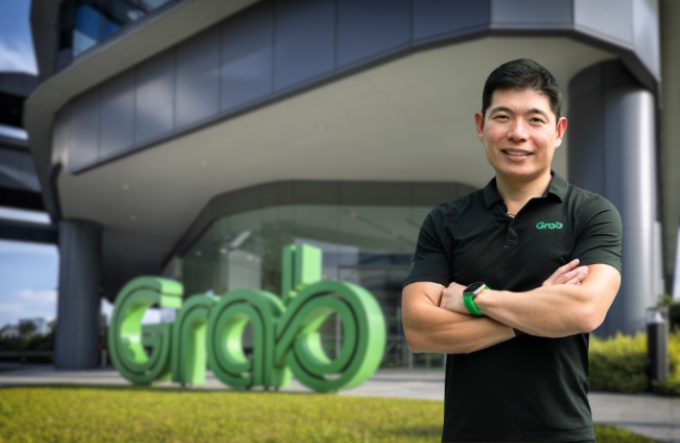
Leave a Reply